
One of Egypt’s many significant and symbolic animals is the Nile crocodile. It is among the most dangerous, and enduring species that still exists today.
Differing significantly from alligators, the Nile crocodile is the largest species of crocodiles found in Africa, maintaining a reputation for aggression that is on par with a hippopotamus’.
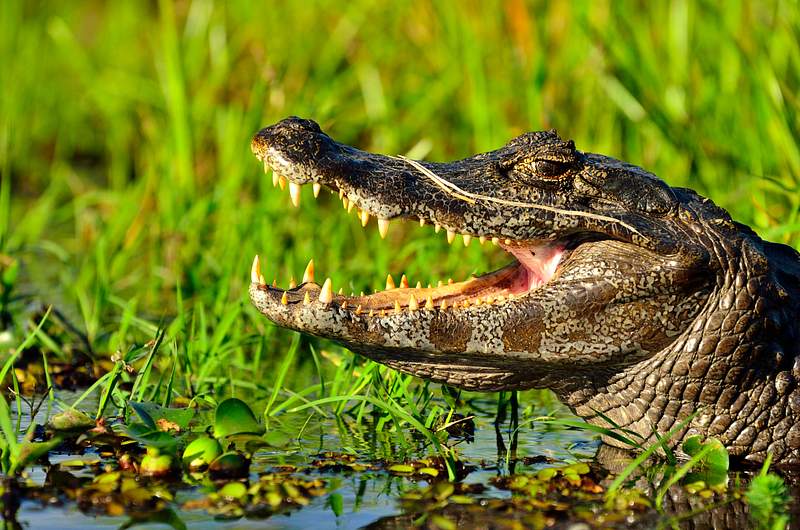
The semi-aquatic reptiles, which long used to roam the Egyptian wilderness unchained, were considered apex predators; while their diet heavily depended on fish, they were known to ensnare any prey, including humans, between their sharp teeth.
The Nile crocodile in particular, out of all the subtypes of crocodiles, is known for stretching its predatory prowess, hunting larger mammals such as deers, boars and buffalos as well as smaller crocodiles.
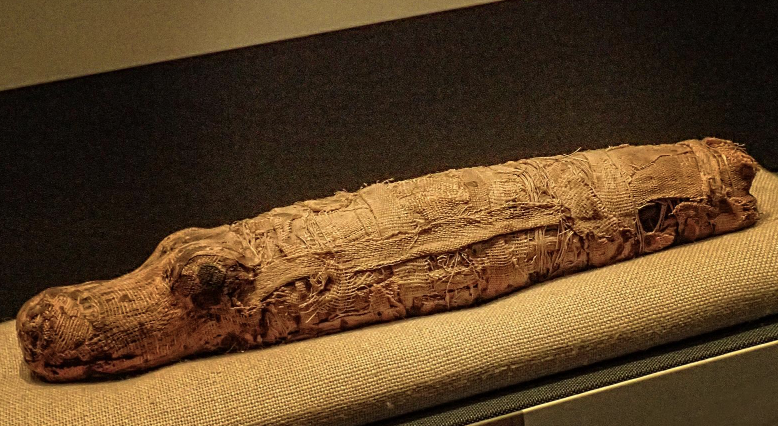
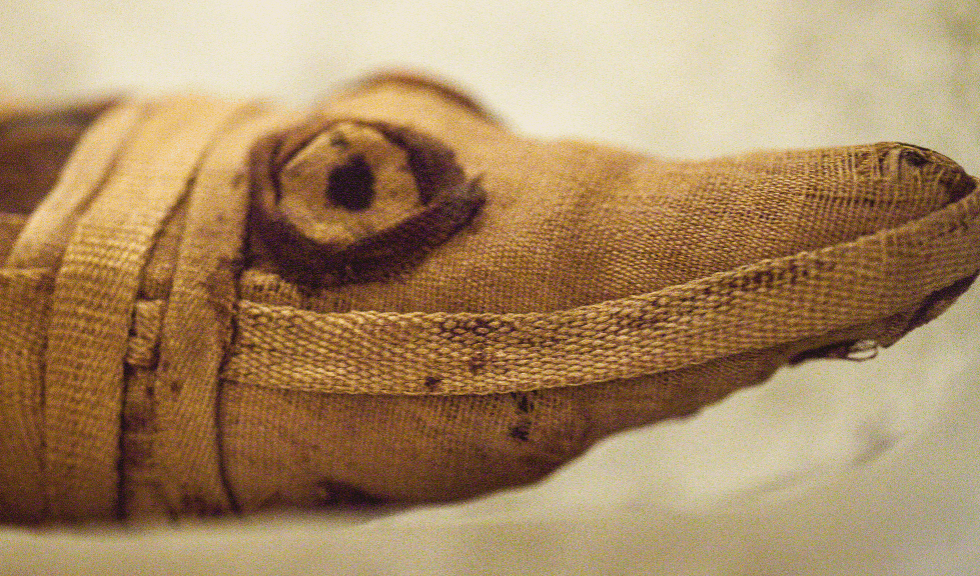
Those of ancient times
In ancient Egypt, the crocodile used to be revered for its might and agility; it was also closely associated with the Nile river, where it often dwelled.
One of ancient Egypt’s many deities was a river god depicted as a man with the head of a crocodile named Sobek, whose cult center was in Fayoum. The crocodile was thus perceived as a symbol of Sobek, with thousands of mummified crocodiles found in Greco-Roman dated excavations of Tebtunis, even though crocodiles were deemed a great threat to everyday Egyptians.
Indeed, Nile Crocodiles were far more populous in ancient times. Their semi-aquatic nature gave them easy mobility across Egypt’s marshy lands and swamps, not just the river. Observant ancient Egyptians memorialized their existence in art and on funerary structures, etching figures of the elongated creatures, particularly in scenes in the tombs of Mereruka and princess Idut in Saqqara.
The discovery of the aforementioned crocodile mummies also contributed to learning more about life in ancient Egypt, the papyrus found with the mummies detailed how Egyptians dealt with these creatures as mentioned.
Many of these mummies today are on display in museums in different countries worldwide, namely the Cairo Museum in Tahrir. In Aswan, an entire museum is consecrated entirely to them, containing 22 of mummified crocodiles. The British Museum in the U.K. houses one crocodile but the Phoebe A. Hearst Museum of Anthropology in California is more well-known for displaying 19 crocodile mummies that were among the thousands discovered in Tebtunis.
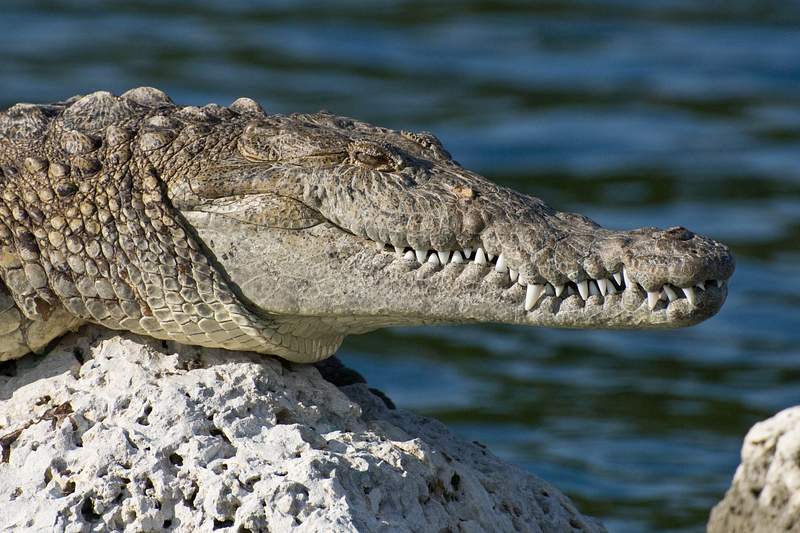
Thousands of years later…
Today, the population of the Nile crocodiles has decreased drastically due to a multitude of factors such as the building of the high dam in Aswan.
One theory for the crocodiles’ disappearance is that, with the rise of Abrahamic religions, the crocodiles lost their religious followers and dwindled in number. They were also hunted for how dangerous they were.
From the Delta to Aswan, they can no longer be found, but they appear again in further southern regions of Egypt, such as Lake Nasser. The latter is now regarded as a tourist attraction for people to witness the few remaining crocodiles in their natural habitat. Moreover, due to their rarity and long-standing status in the country, it is illegal to hunt them as per Egyptian law, and they retain an ‘endangered species’ status.
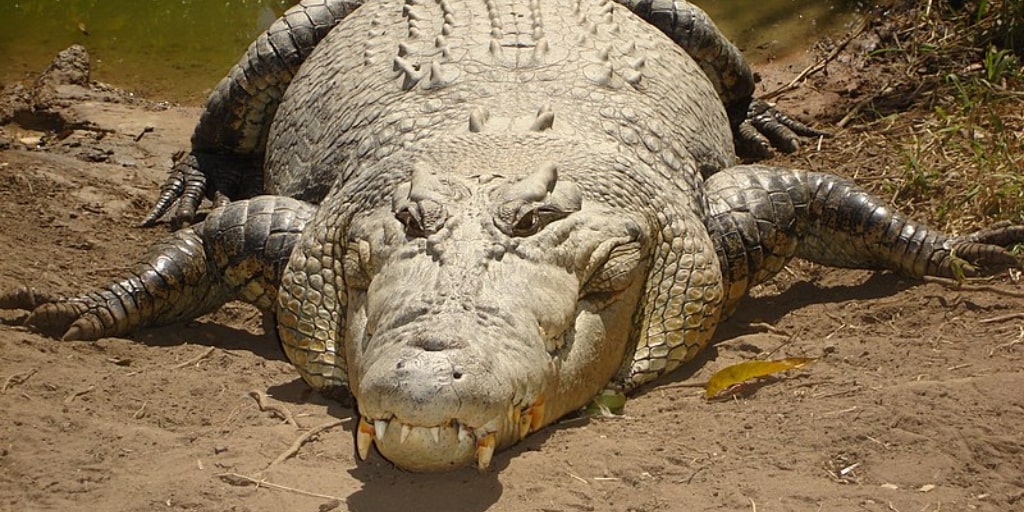





Comments (0)